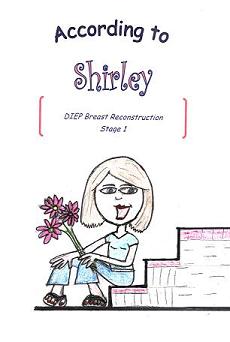 The below questions are answered by the surgical team at The Center for Natural Breast Reconstruction:
The below questions are answered by the surgical team at The Center for Natural Breast Reconstruction:
Q: A double mastectomy left me with butcher marks on my chest. The plastic surgeon who was part of the team that performed the mastectomy now proposed to do implants. The existing (very bad) scars will not be in the breast fold but will “cut” the bottom half of the new breasts in two. Could one get rid of these scars when doing a DIEP procedure?
A: We can’t actually “get rid” of scars, but often they can be improved, &/or moved to a less objectionable position. If you wish to send pictures, I could possible give you little more specific information.
Have a great day!
Richard Kline
Center for Natural Breast Reconstruction
Q: I’m having the tram flap done, can you tell me how long after the surgery that it doesn’t work?
A: Hi
It would depend on what type of TRAM procedure you have. If you have microsurgery the first three days are the most important and usually after that the blood supply to the new breast is ok. If no microsurgery is involved it may take longer to know for sure.
James Craigie, MD
Center for Natural Breast Reconstruction
Have questions about breast reconstruction? Submit them here and get answers straight from our surgical team. We’d love to hear from you!






